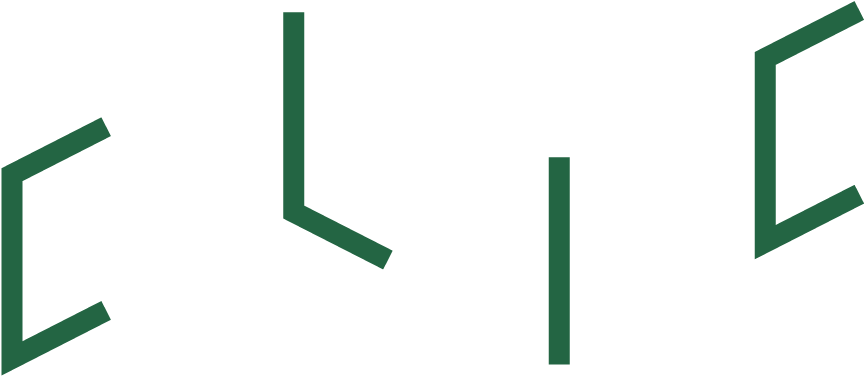In the Uusimaa region, most of the construction waste is generated in the metropolitan area. In 2018-2020 approximately 990 kt of construction, renovation, and demolition waste was annually generated in the whole Uusimaa area. Approximately half was generated in the metropolitan area and about a quarter in Helsinki alone.
The majority of the waste, 74 %, was generated in demolition activities. The most common material fraction in the demolition waste was concrete (72 mass-%). Other notable materials were wood (11 mass-%), mixed materials (7 mass-%), contaminated concrete (5 mass-%) and metal (3 mass-%).
Reuse can create business opportunities
Reusing demolished products is an important step in advancing circularity in the construction sector. Sustaining the inherent value in building components, such as beams, pillars, and elements, is preferable to recycling them into raw materials.
Most of the construction waste generated in the Uusimaa region is concrete. If this could be reused in new construction while replacing virgin concrete, its net worth as raw material would be approximately 40 million euros. Simultaneously, there would be a reduction of 95 000 tonnes CO2/CO2-eq of emissions. This is comparable to about 3400 Finnish households. This would also enable savings of virgin raw materials, such as limestone and sand.
Increasing reuse requires reimagining the value chain
Piloting of reusing and repurposing components is needed for advancing circularity in the construction sector. Also, the responsibilities need to be clarified, as well as quality control and regulation. There might also emerge a need for new kinds of warranty or collateral security and insurance solutions, potentially also for new operators e.g. to certify reused materials. Currently, there is a constant increase in the demand for reusable materials, and simultaneously an increase in the supply. However, the volumes on the market are still quite low, posing challenges regarding how to facilitate the alignment of supply and demand. Common problems involve issues related to the quantity and quality of components, lengthy transportation distances, and pricing.
The reuse value chain of concrete components requires the implementation of new activities. For example, increased competence of demolition operators, an information platform of demolition sites, standardized digital demolition audit, harmonized evaluation of the quality of the components, financiers, and the willingness of construction companies to use circulated materials. Public operators could have a role in boosting the market by initiating discussions about the available technologies and concepts, as well as facilitating reuse practices through piloting in their own construction projects and permission procedures.
Learn more about the mapping of material flows (in Finnish) here. The material flow study is part of Helsinki-Uusimaa Circular Valley project.
Authors: Winnie Ruismäki and Malin zu Castell-Rüdenhausen, VTT


